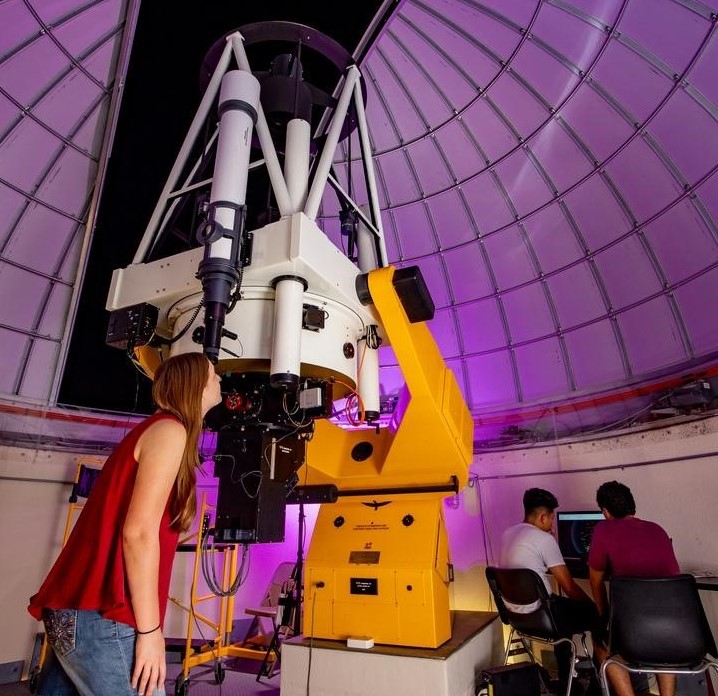Document Type
Article
Publication Title
The Astrophysical Journal
Abstract
The chemical composition of stars hosting small exoplanets (with radii less than four Earth radii) appears to be more diverse than that of gas-giant hosts, which tend to be metal-rich. This implies that small, including Earth-size, planets may have readily formed at earlier epochs in the universe's history when metals were more scarce. We report Kepler spacecraft observations of Kepler-444, a metal-poor Sun-like star from the old population of the Galactic thick disk and the host to a compact system of five transiting planets with sizes between those of Mercury and Venus. We validate this system as a true five-planet system orbiting the target star and provide a detailed characterization of its planetary and orbital parameters based on an analysis of the transit photometry. Kepler-444 is the densest star with detected solar-like oscillations. We use asteroseismology to directly measure a precise age of 11.2 ± 1.0 Gyr for the host star, indicating that Kepler-444 formed when the universe was less than 20% of its current age and making it the oldest known system of terrestrial-size planets. We thus show that Earth-size planets have formed throughout most of the universe's 13.8 billion year history, leaving open the possibility for the existence of ancient life in the Galaxy. The age of Kepler-444 not only suggests that thick-disk stars were among the hosts to the first Galactic planets, but may also help to pinpoint the beginning of the era of planet formation.
DOI
10.1088/0004-637X/799/2/170
Publication Date
2-1-2015
Recommended Citation
Campante, Tiago L. and Ragozzine, Darin, "An Ancient Extrasolar System With Five Sub-Earth-Size Planets" (2015). Aerospace, Physics, and Space Science Faculty Publications. 285.
https://repository.fit.edu/apss_faculty/285


